Through major developments by mechanical engineers, the steam engine began to be used in many industrial settings after the Industrial Revolution.
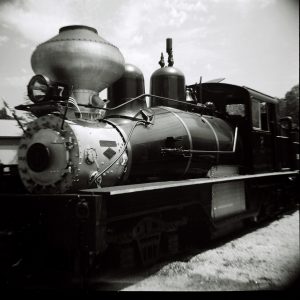
Image source: https://search.creativecommons.org/photos/8d0bae22-be2f-4769-a788-721130f7e7c7 by kevin dooley
This creative technical center for much of the British economy was born by interactions between companies, to reduce the amount of research time and expense. Industrial Revolution technological advances happened quickly because firms often shared information, which they then could use to create new techniques or products.
First steam engine application
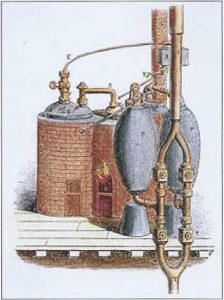
Image source: https://en.wikipedia.org/wiki/Thomas_Savery#/media/File:Savery-engine.jpg
The first engine was used in mines to pump water from deep processing. Built and patented in London by Thomas Savery, it was called the “Miner’s Friend”. Early versions used a welded copper boiler that burst easily at low steam pressures. Later versions with an iron boiler were able to raise water by about 46 meters. The steam was first condensed by an external cold water jet once it entered the cylinder, creating a partial vacuum that drew water through a pipe from a lower level. Then the valves were opened and closed and a new charge of steam was applied directly to the surface of the water. The engine was not a success as it was limited in pumping height and prone to boiler explosions.
Energy everywhere
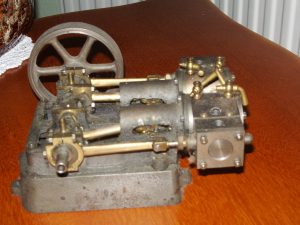
Image source: https://search.creativecommons.org/photos/c92b37dc-6a1e-4e5f-87d2-67e94a1033f5 by Smabs Sputzer (1956-2017)
Newcomen introduced the first practical mechanical steam engine, which opened up a great expansion in coal mining by allowing mines to go deeper. Reliable and easy to maintain, this engine had spread to France, Germany, Austria, Hungary, and Sweden. With the close collaboration of Matthew Boulton, James Watt incorporated a series of radical improvements which increased engine efficiency by a factor of about five, saving 75% on coal costs. The total power that could be produced by their engines was only a small fraction of the total power generating capacity of waterwheels and windmills in Britain. However, water and wind power were seasonably variable.
Increasing the power
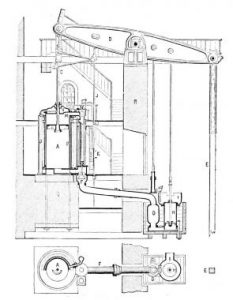
Image source: https://commons.wikimedia.org/wiki/
After the Boulton & Watt patent expired in 1800, the steam engine underwent large increases in power due to the use of higher pressure steam. The development of machine tools, such as lathes, planers, and shaping machines driven by these motors, has made it possible to easily and precisely cut all the metal parts of the motors and favoring the construction of larger and more powerful motors. The highly efficient Cornish engine was developed in the 1810s for pumping mines in Cornwall. It was the result of using a high-pressure motor exhaust to power a condensing engine. It became a prevalent model for stationary engines in the industrial sector, was used for pumping the waterways of Pawtucket (Rhode Island), and played an essential role in the expansion of the railroad.
Blast bellows, steamboats and trains
Steam engines were too powerful for leather bellows, so cast iron blowing cylinders were developed for powering blast bellows. Steam-powered blast furnaces achieved higher temperatures, allowing the use of more lime in iron blast furnace feed. Coal and coke were cheap and abundant fuels.
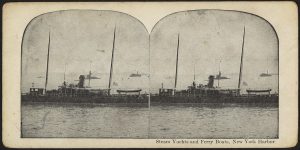
Image source: https://search.creativecommons.org/photos/7e578f5d-9aa9-4bcf-b54e-9da4bda8313c by Boston Public Library
Following the advent of the steamboat, the United States saw incredible growth in the transportation of goods and people, which was key in westward expansion. The economic steamboat benefits extended far beyond the construction of the ships themselves, and the goods they transported. These ships led directly to growth in the coal and insurance industries, along with creating demand for repair facilities along the rivers.
Trains could deliver large amounts of goods and raw materials to places far away at a fraction of the cost of traveling by wagon. Railroad tracks became the new means of transportation after the first locomotive was invented.
Info sources:
